Downtown Disney (1997)
Click and expand for a larger and more detailed view. Image: Disney
Just as the late 1980s had seen the opening of Pleasure Island and its lineup of cinematic adult-oriented nightclubs, bars, and hangouts, the changing tastes of 1990s brought another addendum to join the Marketplace and Pleasure Island. From the same cultural shift that briefly turned Las Vegas into a family destination of themed shows, amusement parks, and thrill rides, the entire complex had its fourth renaming in 1997, becoming Downtown Disney. It was joined by a brand-new third neighborhood, the West Side, which would be a glowing Mecca of ‘90s-style entertainment.
Image: Disney
The radical new entertainment playground would feature mainstays of the era, like a grungy, rusted warehouse-style House of Blues, a custom-built modern white big top for Cirque du Soleil's La Nouba, a must-visit Virgin Megastore (to purchase a compact disc or cassette for the flight home, no doubt), a Planet Hollywood restaurant, and a Disney’s most unusual experiment yet: the subject of our in-depth Disaster File: DisneyQuest, which remained frozen in its ‘90s form for decades.
Image: Disney
Kitschy, comic, and cool, the West Side felt like the perfect 1990s interpretation of what a "Downtown" Disney World would feel like – a master-planned expansion that looked, felt, and sounded like the era. With its three regions – the Marketplace, Pleasure Island, and West Side – Downtown Disney was a full-day of family fun. Quirky, cool, oversized, and playful.
Of course, by the end of the 1990s, Church Street Station – the collection of clubs that had spurred Pleasure Island’s opening – had shuttered. Heading into the New Millennium, times and tastes had changed, and – as it had done in every decade since – it seems that Downtown Disney would need to evolve once more.
Pleasure falls
The closure of Church Street Station in 1996 signaled the end of the era that had inspired Pleasure Island, but the clubs in Downtown Disney continued onward without skipping a beat. Maybe – even though the '80s/'90s era of imagining Orlando as a cool, hip place for young adults was over – Pleasure Island would survive!
Image: Disney
However, after the September 11, 2001 attacks on New York City, destination tourism flatlined. Disney reeled from the loss of visitors by slamming most projects to a halt and cutting costs. Given the industry's decline (and the state of Disney management at the time), it was practically inevitable. The large and expensive-to-operate clubs on Pleasure Island were doomed.
The Jazz Club closed first in 2005, and the space was leased out to an external company who re-opened it as Raglan Road Irish Pub & Restaurant. Now this was particularly interesting... Suddenly, Disney executives saw a new road forward for Pleasure Island... By leasing the space out to an outsite company, Disney could get their own hands out of the messy business of operations and logistics and staffing and instead, simply sit back and collect hefty rent payments from outside corporations for such premium real estate. Hmm... As you imagine, Disney quickly got to work trying to find outside companies to take over the rest of Pleasure Island's clubs.
The problem is that, by then, the United States was well on its way toward the 2008 “Great Recession,” sending tourism into another nosedive, further limiting attendance, and toppling Downtown Disney’s Pleasure Island entirely. Its clubs – including the Adventurers Club – closed together on September 27, 2008.
Still, Pleasure Island (or what was left of it) remained the only pass-through between the Marketplace and West Side. And since the closure of the Island's clubs had turned this walkway into a veritable graveyard of walled-off, mostly-empty warehouses, Disney did get to work figuring out how best to replace the area.
They even decided on a solution.
In 2010, it was announced that Pleasure Island would be no more. A press release announced, “A nostalgic yet modern take on an early 20th century port city and amusement pier will evolve Pleasure Island into Hyperion Wharf. By day, the bustling port district will draw guests in with its stylish boutiques and innovative restaurants...
Image: Disney
"...and by night, thousands of lights will transform the area into an electric wonderland.”
It seemed like a win-win. The "reclaimed urban industrial" design concept was (and still is) in fashion, so simply re-using some of the abandoned warehouses of Pleasure Island to stage a modern, laid-back, millennial entertainment district from an "old" fishing wharf had merit. Best of all for Disney, the enormous warehouses that had housed expensive and ambitious clubs could now be sub-divided into retailers, restaurants, and more.
Image: Disney
If Pleasure Island was of the '80s and the West Side of the '90s, Hyperion Wharf would be very clearly a product of the 2000s, born of the age of the American downtown revival.
It never happened. Though many of Downtown Disney’s clubs were demolished in 2011 in preparation for Hyperion Wharf, the Island remained as a mere construction-wall-lined walkway (just with construction equipment instead of warehouses). Further exploration had convinced executives (probably correctly) that giving a flashy, fresh name to the abandoned Pleasure Island wouldn't be enough to convince high-end brands that they should pay Disney rent... especially in the wake of an economic crisis that had crippled Americans' disposable income.
It became clear that – for Downtown Disney to remain relevant in the 2010s – it would need more than a light repurposing and renaming of Pleasure Island’s long-abandoned industrial buildings.
Disney Springs (2015)
In 2013, Disney upped the ante by announcing that all of Downtown Disney would become Disney Springs, an upscale shopping, dining, and entertainment district that, like Disney’s best theme parks, would be an immersive area with key details one would expect from Disney.
The space once home to Pleasure Island became a new neighborhood – The Landing (below, left) – with an all-new district called The Town Center (right) built on the former parking lot. The Marketplace and the West Side had some light placemaking as well, though they remained – in their own way – very ‘90s-kitsch.
Image: Disney
Pleasure Island was built by Imagineers with a baked-in "story" that guests could follow not only via tiny, tucked-away details, but in the very architecture of the island. That deeply-embedded, half-fantasy-half-historical story of the Pleasure family and the island's decades-long growth, disappearance, and rediscovery created a larger-than-life mystery for themed entertainment fans to follow.
Its replacement, Disney Springs, has a baked-in "story," too, but it's not really centered on a character or any sort of fantasy narrative.
Designers will explain that Disney Springs is meant to resemble any number of real villages that popped up around natural Florida springs throughout the late-18th and early 19th century. If you keep an eye out, the architecture of the town will even give you a clue as which areas were built first, and how the Springs developed over a century fueling the Springs Bottling Co. But it's mostly just nice and above-average placemaking for an otherwise standard upscale outdoor shopping mall, not an attraction unto itself.
Image: Disney
And that's fair! As in much of the industry, the emphasis on family entertainment has mostly fallen away. (See again Las Vegas, which shed its brief pretense of being a themed family entertainment destination in the 2000s.)
So Downtown Disney was a veritable one-stop shop for kitsch ‘90s roadside attractions: a oversized playground paradise reined over by the Rainforest Café, Planet Hollywood, DisneyQuest, the House of Blues, and the cinematic, themed clubs of Pleasure Island...
The West Side (blue), the Landing (red), the Town Center (orange), and the Marketplace (green). Click and expand for a larger and more detailed view. Image: Disney
But Disney Springs is unapologetically different: an upscale retail district of expensive brands and pricy restaurants your average family wouldn’t go near. And why shouldn't it be? Just as the average American suburban shopping mall has been stomped into irrelevance by outdoor shopping centers with boutique brands and upscale restaurants, Disney Springs downplays the remains of the West Side in favor of the likes of the Boathouse, Edison, Vera Bradley, Chanel, and Pandora.
The Adventure Lives On
The change from Downtown Disney to Disney Springs will no doubt be hotly debated by Disney Parks fans for years as the radical shift in demographic takes place… But even among the dozens of closures and demolitions that were required of the district’s facelift, the closure of the Adventurers Club was – and continues to be – one of the hardest hits to Disney fans.
Image: Disney
While the Adventurers Club has now been gone for a full decade, the impressions it inspired live on not only in the Disney Parks guests who were so influenced by the groundbreaking attraction, but in the stories, rides, and characters it inspired… On the last page, we’ll see where the ingredients of the Adventurers Club were scattered around the globe… Read on…
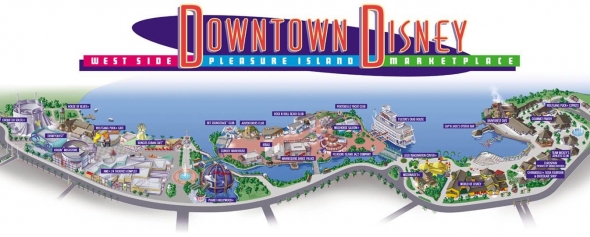

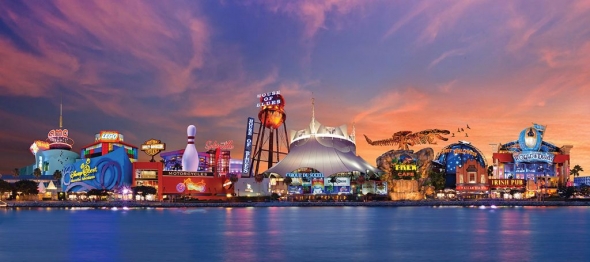
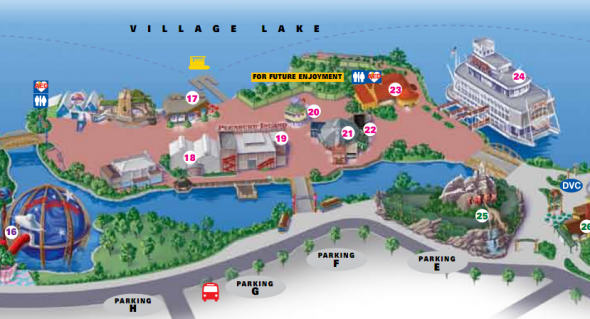
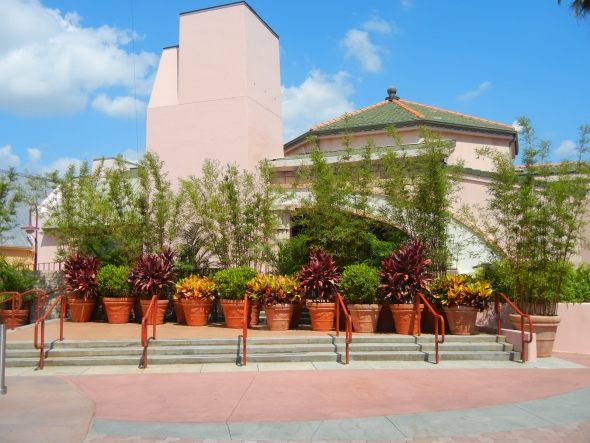
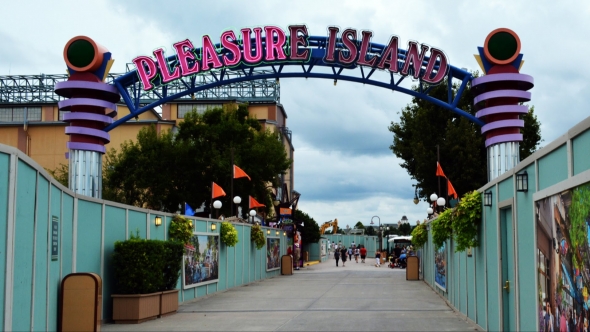
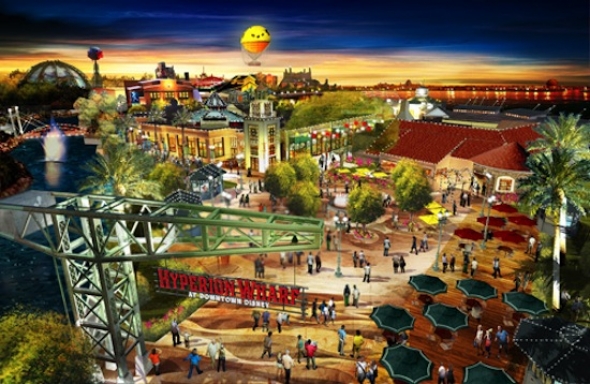
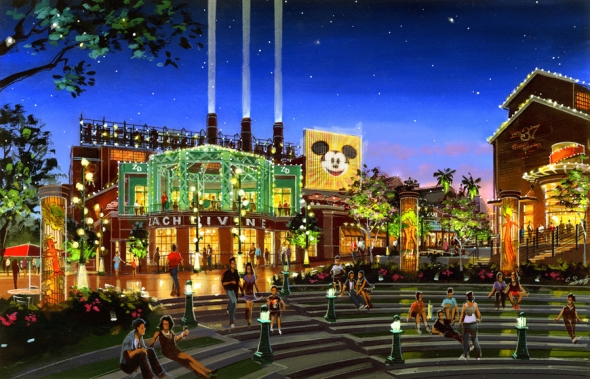
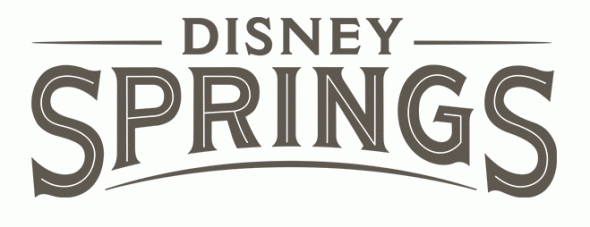
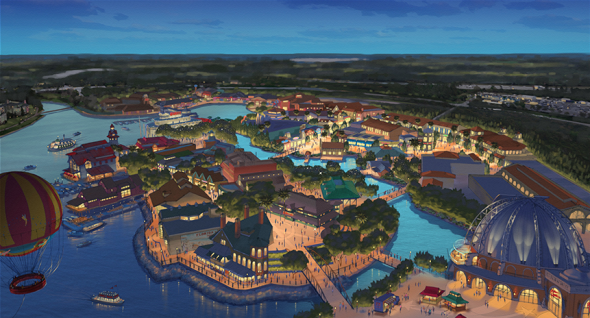
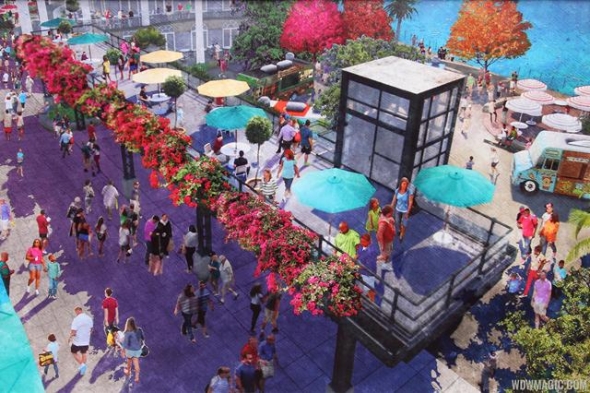
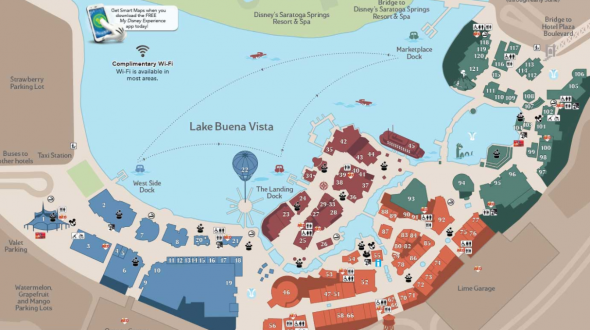
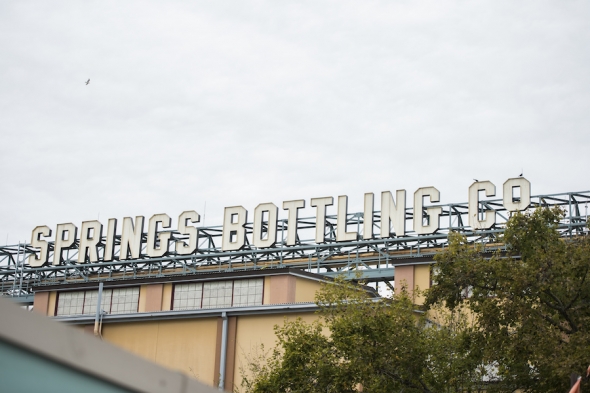

Add new comment